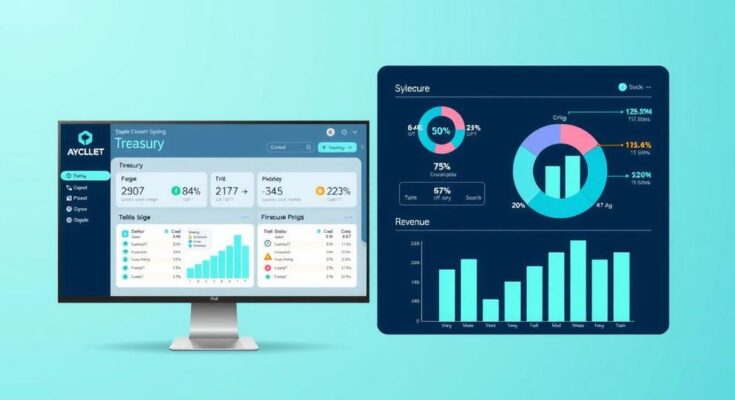Nigeria’s new Treasury Management System will enhance revenue collection and budget management across government agencies, improving financial oversight. It will be deployed in two phases, starting March 4, 2025, enhancing tax remittances and enforcing budget controls.
The Nigerian government has introduced a Treasury Management System aimed at enhancing revenue collection and budget management across various agencies. This initiative aligns with directives from the President and the Honourable Minister of Finance to achieve effective treasury management and improved budget performance among Ministries, Departments, and Agencies (MDAs) as well as Federal Government-Owned Enterprises (FGOEs).
The Treasury Management and Revenue Assurance System has been developed to facilitate the management of revenue collections and payments, incorporating both donor and special funds. Set to go live on March 4, 2025, the system will be implemented in two phases. Phase one will focus on payments and collections, with emphasis on the Naira component, allowing the generation of bank statements and automatic tax deductions on vendor payments, including Value Added Tax (VAT) and Withholding Tax (WHT).
Phase two, commencing on June 1, 2025, will expand the system’s capabilities to include foreign exchange transactions and integration with MDAs’ Enterprise Resource Planning (ERP) systems. Additionally, this phase aims to implement a budget module for agencies not aligned with the national budget, thereby enhancing budget control and accountability across the federal government’s financial operations.
The launch of the Treasury Management and Revenue Assurance System symbolizes Nigeria’s commitment to improving financial management and oversight of government resources. By streamlining revenue collection and enforcing budget controls, the system is expected to significantly enhance the efficiency and transparency of fiscal operations within federal ministries and agencies. The phased implementation strategy will ensure a structured rollout, aligning the system’s functionalities with the specific needs of various government entities.
Original Source: techafricanews.com




